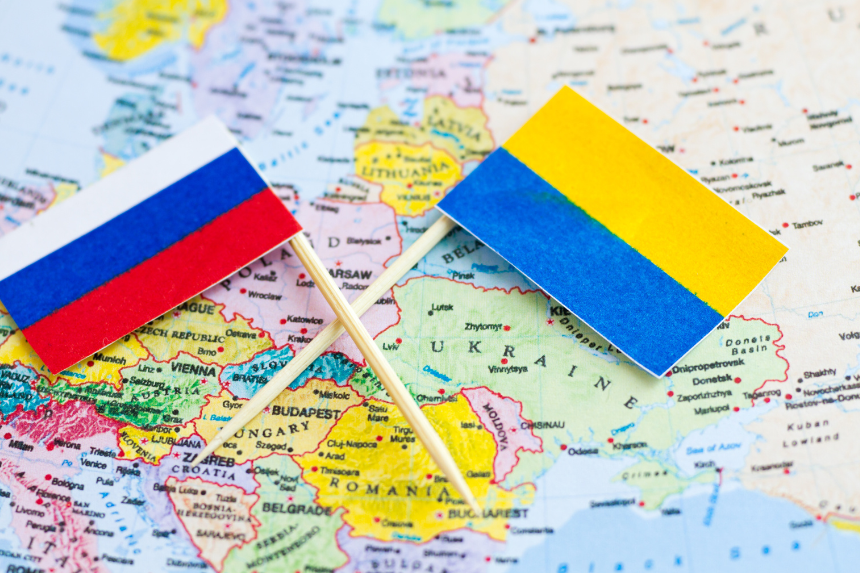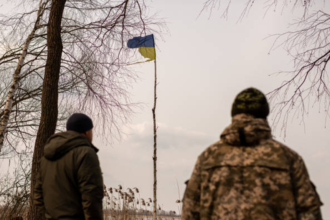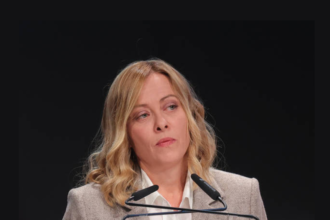The much-anticipated Easter truce between Russia and Ukraine offered only a brief pause in a war that has raged on for more than two years. Within hours of the truce ending, the Ukraine Russia Conflict Update confirmed a wave of Russian drone attacks across several regions, including Kyiv, Kherson, Dnipropetrovsk, Cherkasy, Mykolaiv, and Zaporizhzhia. These strikes again demonstrated the fragile nature of any ceasefire agreement in this ongoing conflict.
Authorities activated air raid alerts across the affected regions, and air defence units were promptly deployed to intercept and neutralise incoming threats. Kyiv’s regional officials reported that their forces were “working on targets” during the early hours of the morning, signalling the immediate breakdown of peace efforts.
Were civilian shelters activated during the theUkraine-Russiaa Conflict Update?
As soon as the attacks began, local authorities issued warnings, urging civilians to take cover in nearby shelters. This alert was especially significant in the capital, Kyiv, where the skies were reportedly crowded with active air defence operations. In Mykolaiv, Mayor Oleksandr Senkevych confirmed that “explosions were heard,” though at the time no casualties were reported.
Later in the day, Mykolaiv’s regional head, Vitaliy Ki, confirmed the city had faced additional missile strikes. He reassured the public, stating, “There were no casualties or damage.” However, these recurring threats have created a lasting climate of fear and uncertainty among local populations. The Ukraine-Russia Conflict Update shows that the intensity of strikes in civilian zones remains high, even following official ceasefire announcements.
How did world leaders and local officials respond to the Ukraine-Russia Conflict Update?
The brief truce, declared by President Vladimir Putin, had officially begun at 18:00 Moscow time on Saturday and was set to expire at midnight on Sunday. Leading into the ceasefire, Kremlin spokesperson Dmitry Peskov confirmed that Putin had not ordered any extension beyond the initial deadline. As a result, Ukrainian forces remained on high alert for potential violations, which ultimately did occur.
President Volodymyr Zelensky expressed strong scepticism about Russia’s truce declaration, describing it as an empty gesture. According to Ukrainian military sources, during the so-called ceasefire window, Russia carried out 1,882 shelling attacks, 812 of which involved heavy artillery and long-range weaponry. The Ukraine-Russia Conflict Update also highlighted that the eastern front, especially near the strategic logistics hub of Pokrovsk in Donetsk, faced the heaviest bombardment.
Zelensky underscored Ukraine’s strategy of proportional response, stating, “The nature of Ukrainian actions will continue to be mirrored: we will respond to silence with silence, and our strikes will be to protect against Russian strikes.” This declaration reinforced Ukraine’s defensive stance while calling out Russia’s aggressive manoeuvres, even under the pretext of a ceasefire.
What is the strategic status in the Ukraine-Russia Conflict Update?
Since the full-scale invasion began on February 24, 2022, the Ukraine-Russia Conflict Update consistently reports grim statistics. Russia currently occupies roughly 20% of Ukrainian territory, including Crimea, which was annexed back in 2014. Despite multiple rounds of negotiations and temporary ceasefires, lasting peace remains elusive.
The human cost of the war is staggering. Military analysts estimate that hundreds of thousands of soldiers and civilians have been either killed or injured since the conflict erupted. Infrastructure damage runs into billions of dollars, and large swaths of eastern and southern Ukraine remain contested, turning them into active war zones.
Meanwhile, Moscow and Kyiv have continued to trade accusations. Russia’s Defence Ministry insisted that its troops had strictly observed the ceasefire, while Ukraine pointed to hard data that suggested otherwise. Russia’s Foreign Ministry, through spokesperson Maria Zakharova, also accused Ukraine of launching attacks during the ceasefire using U.S.-supplied HIMARS missile systems.
Is there any hope for peace in the Ukraine-Russia Conflict Update?
The Ukraine-Russia Conflict has made one point clear: the gap between the two nations’ conditions for peace remains wide. Still, international diplomacy efforts are active. The United States and European allies have long advocated for a comprehensive ceasefire, although the implementation of such agreements has often failed on the ground.
In a statement over the weekend, U.S. President Donald Trump expressed optimism, saying, “Hopefully Russia and Ukraine will make a deal this week.” Yet, the absence of any official confirmation from either side suggests that real progress remains out of reach.
Ukraine has proposed a more extended pause on long-range drone and missile strikes targeting civilian infrastructure, recommending an initial 30-day cessation. This gesture, however, was met with little response from the Russian side. With both militaries ramping up operations, the prospects for immediate peace seem slim, but world leaders continue to encourage open channels for negotiation.
Why does the Ukraine-Russia Conflict Update remain critical to global stability?
The ongoing war has reshaped not only Eastern Europe but also global geopolitical relations. NATO member states have increased their military support to Ukraine, while Russia has tightened its alliances with countries opposed to Western policies. The Ukraine-Russia Conflict Update remains one of the most-watched global flashpoints, influencing energy markets, international security policies, and humanitarian relief operations.
Both nations have presented multiple proposals for ceasefire agreements, but deep mistrust continues to hinder peace efforts. Ukraine accuses Russia of prolonging the conflict for territorial and political gain, while Russia accuses Ukraine of rejecting realistic peace offers and violating agreements.
Conclusion: What does the Ukraine-Russia Conflict Update signal for the future?
The most recent Ukraine-Russia Conflict Update highlights the persistent volatility and humanitarian cost of the war. As the situation continues to evolve, the international community faces a crucial choice: escalate diplomatic pressure or risk the conflict deepening further.
The post-ceasefire drone strikes and military escalations emphasise how fragile temporary truces can be in modern warfare. Long-lasting peace will require mutual commitment, transparent negotiations, and significant global diplomatic support. For now, civilians and soldiers alike remain caught in the relentless cycle of strikes, retaliation, and uneasy pauses.








